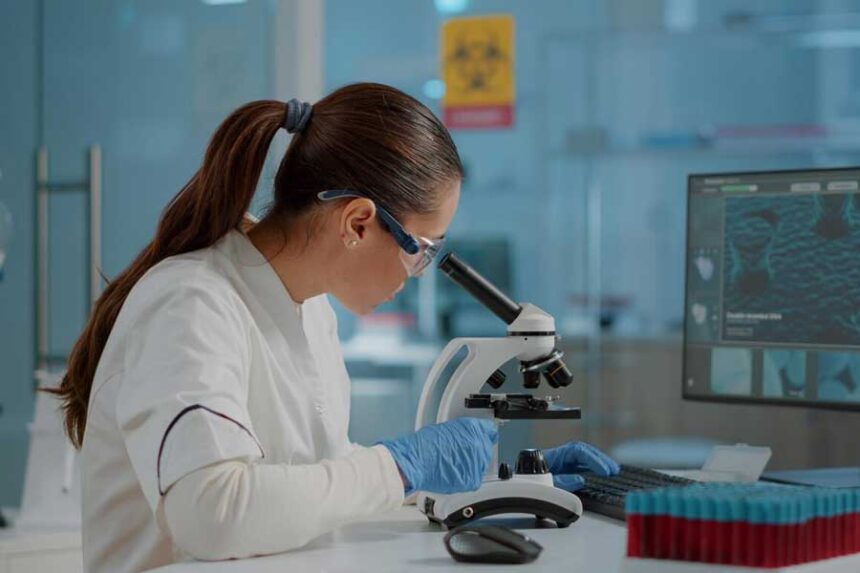Neuroscience is no longer confined to the realm of understanding the human brain’s complexity. With advancements in technology, it has become the springboard for a more profound exploration into synthetic biology. As we stand at the cusp of this fascinating evolution, let’s delve into the current state of neuroscience, its emerging trends, and the future it’s paving for synthetic biology.
Today, neuroscience is a dynamic field, constantly evolving and refining its understanding of the brain’s intricate wiring. It’s not just about understanding the human brain anymore; it’s about harnessing this knowledge to create advanced algorithms and systems that can revolutionize various industries.
As we venture deeper into the realm of neuroscience, three crucial trends are surfacing – algorithm evolution, leverage revolution, and AI-driven transformation. These trends are not just reshaping neuroscience but also steering the future of synthetic biology.
Algorithm evolution is the first trend that’s making ripples in the neuroscience landscape. It’s about creating advanced algorithms that mimic the human brain’s functioning, leading to more sophisticated machine learning models. These models can process and interpret vast amounts of data faster and more accurately than ever before. This evolution is sparking a revolution in synthetic biology, paving the way for bio-engineered systems that can simulate complex biological processes.
The second trend is the leverage revolution. It’s about leveraging the knowledge of neuroscience to create more efficient and effective technologies. One of the most notable examples of this is neuromorphic engineering, where electronic circuits are designed to mimic the nervous system’s functioning. This approach is significantly enhancing the capabilities of synthetic biology, enabling the development of bio-inspired systems that can adapt and learn from their environment.
The third trend is the AI-driven transformation. The convergence of artificial intelligence and neuroscience is leading to groundbreaking discoveries in both fields. Through this symbiosis, we’re witnessing the development of neuro-AI models that can predict and understand complex biological phenomena with unprecedented accuracy. This transformation is driving the future of synthetic biology, enabling the creation of bio-engineered systems that can think, learn, and evolve like a human brain.
The disruption these trends are causing in neuroscience is profound. They’re not just influencing the way we understand the brain and its complexities but also reshaping the future of synthetic biology. From creating bio-engineered systems that can mimic the human brain’s functioning to developing bio-inspired technologies that can adapt and learn from their environment, the possibilities are endless.
As we look towards the future sovereignty of neuroscience, these trends are likely to gain more traction. We can expect advancements in bio-engineered systems, neuro-AI models, and bio-inspired technologies. These developments will not only revolutionize the field of synthetic biology but also have far-reaching implications for various industries, from healthcare to robotics.
However, this journey towards the future is not without challenges. To navigate this disruptive landscape, we need to adopt symbiosis strategies. These strategies involve fostering a symbiotic relationship between neuroscience and synthetic biology, enabling them to grow and evolve together. By fostering this symbiosis, we can harness the full potential of these trends and pave the way for a future where bio-engineered systems and technologies are the norm.
As we prepare for this AI-driven future, it’s crucial to invest in research and development, cultivate cross-disciplinary collaboration, and promote ethical practices. These steps will ensure that we harness the power of AI and neuroscience responsibly and effectively, paving the way for a future where synthetic biology is not just a concept but a reality.
In conclusion, the future of neuroscience and its impact on synthetic biology is an exciting realm to explore. As we stand at this crossroads, we’re not just witnessing a revolution in neuroscience; we’re part of a larger narrative – one that’s reshaping the future of synthetic biology. And as we navigate this landscape, let’s remember that the key to this future lies not just in understanding the human brain but in harnessing its power to create systems that can think, learn, and evolve like us.



